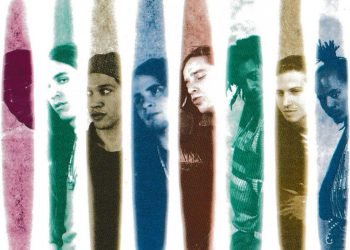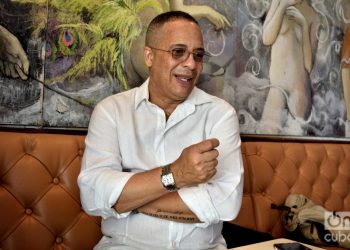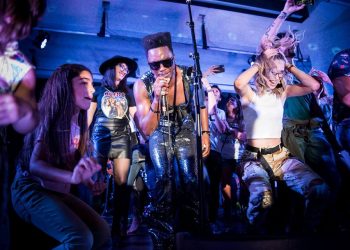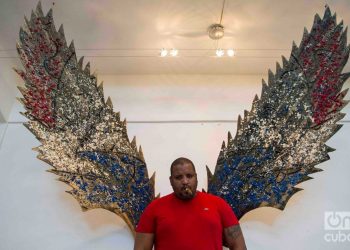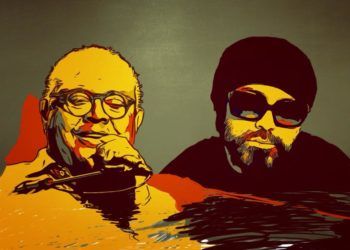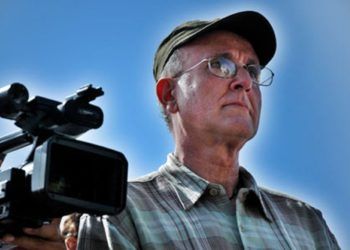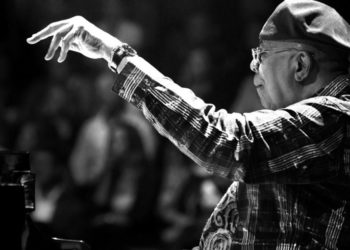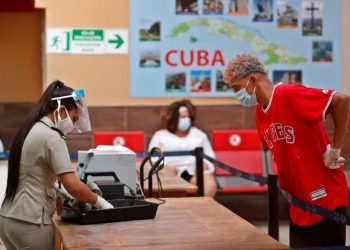Haydée Milanés: Music from within
Haydée Milanés is one of the most versatile musicians of her generation. She is sitting in her living room at home in the Havana municipality of Nuevo Vedado. She’s dressed completely in black wearing a T-shirt with the Russian cartoon characters Bolek and Lolek, so beloved by those born in the ’80s. Next to her is her husband and manager, photographer Alejandro Gutiérrez. They’ve just finished filming some video clips requested by the iTunes platform as promotional material for her new album, Amor Deluxe. We begin our conversation and right away she talks about her father, Pablo Milanés, founder of the Cuban nueva trova (also known as the New Song Movement) and an indispensable singer-songwriter for several generations of Cubans. “I especially remember one afternoon. I sang very softly,” she says, “and I was very shy. I was afraid to sing. We were at a party at my dad’s house with a lot of important musicians. There was a piano player and my dad asked me to sing a song. Then he came up to me in front of everyone to tell me to project my voice, as if he thought nobody was watching us. It was hard, but it...



